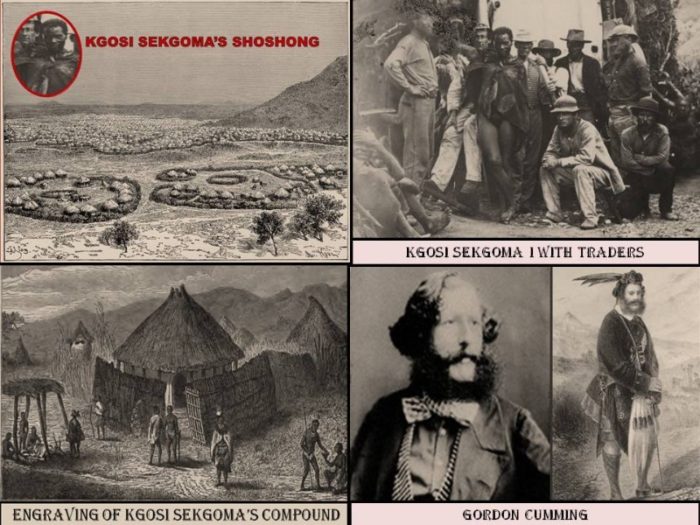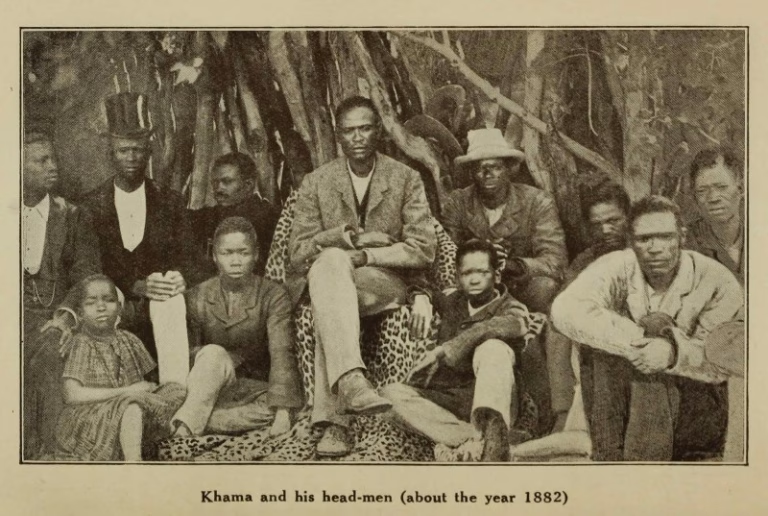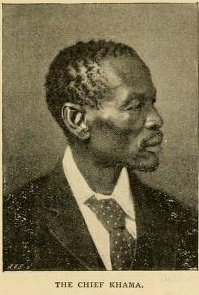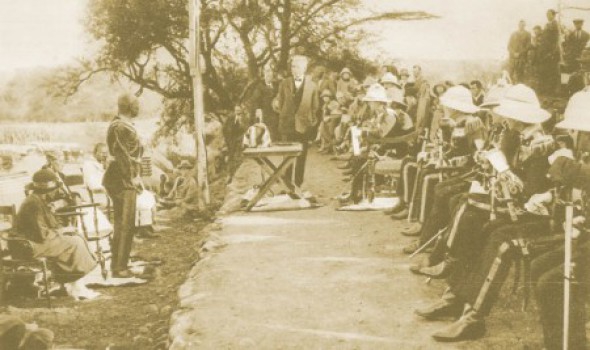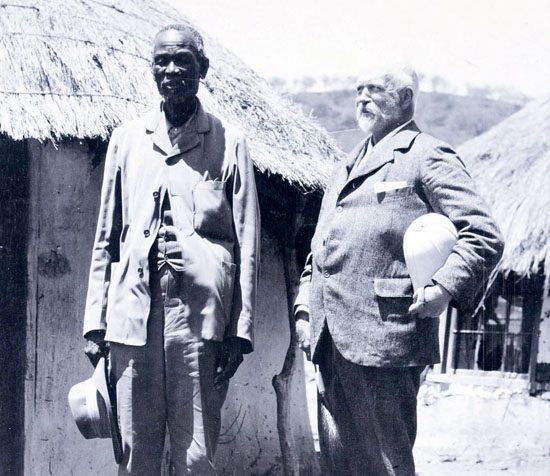AFRICA Listing Details
Africa listing details. ProdAfrica Business Directory is the best way to make business in Africa. We connect Europe and Africa. Your listing is visible now.
VERIFIED LISTING PUBLIC COMPANY OR LOCATIONValue sectors where we participate
Who we are
SEKGOMA AND THE AMANDEBELE
(Published in the Monitor newspaper asBack 4D Future for 12-12-16)
The rise of Sekgoma I, great grandfather of Sir Seretse Khama, to Bogosi jwa Bangwato was as much a product of his personal drive and circumstance as birth. His mother, Dibeelane, was a junior wife to Kgosi Kgari, whose Mogumagadi-mogolo, Bobjwale (MmaMogokong), had two sons, Khama II and Macheng.
After Kgari was killed in battle with the Bakalanga-Banyayi his brother Sedimo ruled the Bangwato as Khama II’s regent. During this time Sedimo, in accordance with the old custom of seantlo, entered Bobjwale’s house to “raise seed” on behalf of Kgari. This resulted in the birth of Macheng.
Khama II succeeded Sedimo, but died shortly thereafter without leaving an heir. Macheng was still an infant making it necessary to appoint a regent. Many initially feared installing Sekgoma, who they suspected might try to usurp Macheng. With Sedimo now dead, a faction installed Bobjwale to rule as Motswareledi-Mogumagadi.
Sekgoma, however, broke away with a strong following, refusing to recognize Bobjwale. Although it was not then unusual to have a female regent, it was also not uncommon to have some patriarchal resistance to such an appointment. The Bakwena and Bahurutshe are said to have split in ancient times during the regency of the female Mohurutshe. Likewise the Bakgatla bagaMmanaana (Thamaga/Mosopa) are said to have broken away from the Bakgatla bagaKgafela (Mochudi) during the regency of a female.
Amidst the ravages of the Difaqane era many Bangwato may have otherwise seen Sekgoma as a strong leader.
The Bangwato were thus plunged into a brief civil war. Bobjwale struck first, but her regiments were defeated. Most of the Bangwato then defected to Sekgoma, forcing Bobjwale to flee with Macheng and her daughter Mokgokong to the Bakwena Kgosi Sechele, who gave them asylum. Mokgokong was married to Sechele, giving birth to his eldest son Kgari. Meanwhile, Sekgoma consolidated his authority by further defeating his junior half-brothers Phetu and Bathoen.
By the time Sekgoma finally assumed full authority over the Bangwato, they had become weakened and scattered as a result of military defeats by the Makololo and Banyayi, as well as the civil war. He immediately set about rebuilding his morafe by raiding other groups such as the Baphaleng and Batshwapong:
Sekgoma also attacked Suwe’s Bakaa. At the time the Bakaa had submitted to Amandebele overrule. In response Mzilakazi sent his warriors to punish Sekgoma. The Amandebele drove the Bangwato from Kutswe to Paje, before turning back. But, as they withdrew, the Bangwato surprised the invaders with a fierce counterattack. After successfully recapturing cattle and captive Bangwato, Sekgoma withdrew to Mosu where his first son, the future Khama III, was born.
After the Amandebele had left the region Sekgoma returned to the Shoshong hills. There he began rebuilding Bangwato power by extending his authority over the Baphaleng, Batalaote and Batswapong.
In 1842, Mzilakazi launched his last and possibly most destructive raid into southern Botswana. After crossing the Matloutse River the Amandebele force divided into at least three groups, each of charged by the Tautona with a mission of revenge against the Dikgosi who had troubled him in the past.
One group crossed the Madikwe and penetrated as far as the Pilanesburg to attack the Bakgatla bagaKgafela settlement at Mmasebudule. Kgosi Pilane once more eluded the assegai. But, three of his sons, including his heir Kgamanyane were among the captured women and children. Many cattle were also lost. Later, Kgamanyane’s release was secured by his great uncle Molefi Molefi, whose selfless courage in coming to Bulawayo to plead for his nephews impressed Mzilakazi.
A second party proceeded to Sechele’s then main settlement at Sokwane. Sechele along with many of his men was then away raiding his rival Bubi’s cattle. When Bakwena warriors returned they found their village destroyed. Among those who had been killed was Sechele’s mother, Sejelo, while the captives included the exiled Mongwato heir Matsheng. Many of the woman who were taken captive escaped, some subsisting on roots while travelling for months before they reached their homes.
When Sekgoma’s Bangwato in the Shoshong hills spotted the arrival of a third party of Amandebele they initially hid themselves in caves, abandoning their cattle. A young man, possibly Motswetla, is credited with helping Sekgoma rally his mephato with the following appeal:
“Bangwato, let us die today. Have we not been dying the death of women for years? Today let us die as men. Have we not seen our mother killed before our eyes; our wives, sisters and daughters led away by our enemies? Have we not seen our own infants thrown in the air and caught on the point of a Matebele spear? Have we not seen the same spear which had transfixed the old man, thrust also at once through the infant and the mother on whose breast it hung? This is worse than death! Therefore let us go and fight with these destroyers of our people and die like men.”
The cattle were recaptured and the Amandebele driven away. Angered, in 1844 Mzilakazi launched a second attack on the Bangwato. Now strengthened by the acquisition of a quantity of muskets from the Scots trader Gordon Cumming, Sekgoma once more drove the attackers away.
